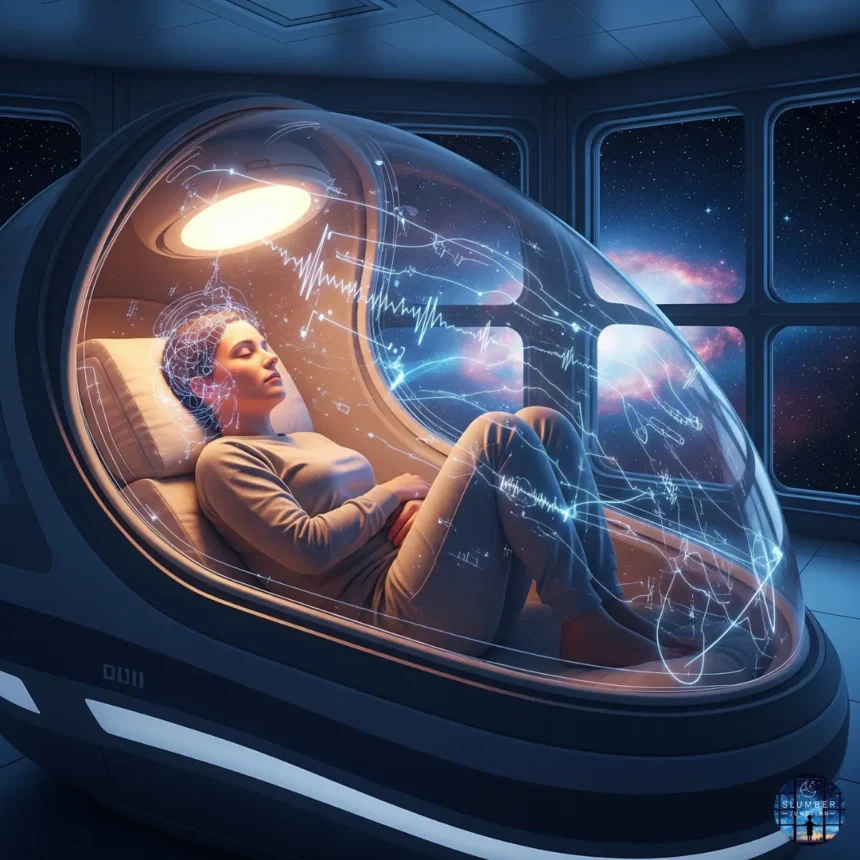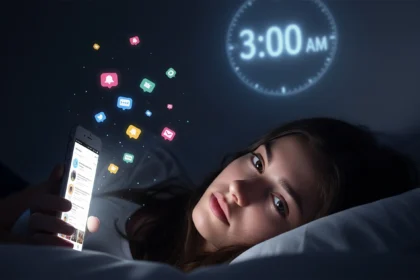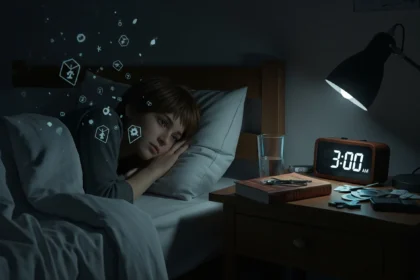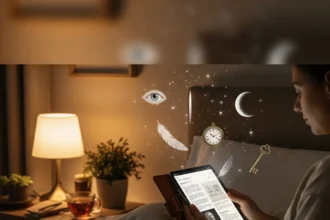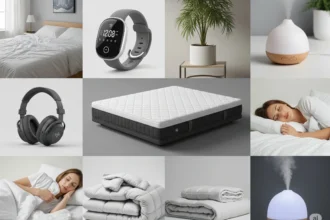NASA’s secret sleep hack—a 26-minute nap and zero-gravity position—unlocks genius-level clarity. Used by astronauts, it boosts focus and energy. Try it tonight for sharper days.
Picture yourself strapped into a cockpit, hurtling through the stratosphere, or floating weightless in a spacecraft orbiting Earth. Your mind needs to be razor-sharp, your reflexes quick, your focus unshakable. Now imagine achieving that same clarity and energy in your daily life—without leaving the ground. Thanks to NASA’s groundbreaking research on sleep, you can. The space agency’s discoveries, honed for astronauts facing the ultimate high-stakes environment, offer two surprisingly simple yet powerful tools for the rest of us: the 26-minute power nap and the zero-gravity sleep position. These science-backed techniques aren’t just for space travelers—they’re your ticket to better rest, sharper focus, and a more energized life. Let’s dive into how NASA’s sleep secrets can transform your days, one nap and one night at a time.
The 26-Minute Nap: NASA’s Secret Weapon for Alertness
Back in the 1990s, NASA had a problem. Pilots and astronauts were battling fatigue during long missions, where even a momentary lapse in focus could spell disaster. Sleep deprivation wasn’t just a productivity killer—it was a safety risk. So, NASA teamed up with researchers to study how short bursts of sleep could recharge the brain without leaving pilots groggy. The result? A game-changing 1995 study that pinpointed the perfect nap length: 26 minutes.
Why 26 minutes? It’s not random. NASA’s research, conducted on pilots, found that a nap of this duration—roughly 6 minutes to fall asleep and 20 minutes of actual shut-eye—boosted alertness by 54% and job performance by 34% compared to those who stayed awake. Unlike longer naps, which can plunge you into deep sleep and leave you feeling like you’ve been hit by a truck (a phenomenon called sleep inertia), the 26-minute nap hits the sweet spot. It dips into light sleep stages, refreshing your brain without disrupting your circadian rhythm.
I decided to test this myself. As a writer juggling deadlines and a toddler’s unpredictable schedule, I’m no stranger to mid-afternoon brain fog. So, I set a timer for 26 minutes, found a quiet corner of my couch, and let myself drift off. No coffee, no distractions—just me, a dim room, and a blanket. When the timer buzzed, I woke up feeling like I’d hit a mental reset button. My thoughts were clearer, my to-do list less daunting. It wasn’t a caffeine-jolt energy spike, but a calm, focused alertness that carried me through the rest of the day. NASA was onto something.
The science behind this is straightforward. Short naps enhance cognitive functions like memory consolidation and reaction time by giving your brain a chance to process information and clear out mental clutter. Dr. Mark Rosekind, a sleep expert who worked on the NASA study, explained that these naps are like “a proactive strategy to sustain performance.” For astronauts, that meant sharper decision-making during missions. For you? It could mean acing a presentation, nailing a workout, or simply feeling less frazzled by 3 p.m.
Practical Tips for the Perfect NASA Nap
Ready to harness this brain-boosting hack? Here’s how to nail the 26-minute nap, NASA-style:
A word of caution: napping isn’t for everyone. If you have insomnia or find that naps make it harder to sleep at night, consult a doctor before making them a habit. But for most of us, this quick recharge can be a lifeline, turning a sluggish afternoon into a productive one.
The Zero-Gravity Sleep Position: Floating to Better Rest
While the NASA nap is about quick bursts of clarity, the zero-gravity sleep position is about transforming your nightly rest into a powerhouse of physical and mental recovery. Developed to help astronauts cope with the physical toll of microgravity, this position is now a go-to for anyone looking to wake up pain-free and energized.
In space, microgravity means no pressure on the body—no sagging mattresses, no stiff necks. NASA designed the zero-gravity position to mimic this weightless state, aligning the body in a way that minimizes strain. The setup is straightforward: lie flat on your back with your head slightly elevated (about 10-15 degrees, or 4-6 inches) and your knees raised just above heart level, typically with a pillow or wedge under them. This creates a gentle “S” curve in your spine, reducing pressure on your back, neck, and joints while boosting circulation.
Why does this matter? Poor sleep posture can lead to aches, poor blood flow, and restless nights, all of which sap your energy and mental clarity. The zero-gravity position counters this by distributing your weight evenly, much like floating in space. Research suggests it can reduce lower back pain, ease leg swelling, and even help with sleep apnea by opening airways. Most importantly, it promotes deeper, more restorative sleep, which sets you up for sharper focus and better mood the next day.
I gave this a try for a week, using pillows to mimic the setup since I don’t own a fancy adjustable bed. The first night felt strange—like I was half-reclining in a sci-fi pod—but by morning, my usual lower back stiffness was noticeably less. After a few days, I woke up feeling more refreshed, with no lingering “I slept wrong” soreness. My neck, usually cranky from side-sleeping, felt looser, and I even noticed I was breathing more easily at night. It’s not a miracle cure, but it’s a low-effort tweak with a big payoff.
NASA’s work on this position grew out of its need to keep astronauts healthy during long missions, where physical recovery is critical. The same principles apply on Earth. By reducing physical stress, you’re not just sleeping better—you’re priming your body and brain for peak performance, whether you’re tackling a big project or just keeping up with daily life.
Practical Tips for Mastering the Zero-Gravity Position
No spaceship or high-tech bed required. Here’s how to set up the zero-gravity position and make it a nightly habit:
If you struggle with back-sleeping or have medical conditions like snoring or reflux, start with short trials and check with a healthcare provider. For most people, though, this position can be a game-changer for waking up refreshed.
Combining the Two: A NASA-Inspired Sleep Strategy
The real magic happens when you combine the 26-minute nap and zero-gravity position into a cohesive sleep strategy. Together, they create a one-two punch for mental clarity and physical recovery. The nap tackles daytime fatigue, giving you a burst of focus when you need it most. The zero-gravity position ensures your nightly sleep is deep and restorative, setting you up for long-term brilliance.
Here’s how to integrate them into your life:
A Word of Caution
NASA’s sleep hacks are powerful but not universal. If you have chronic insomnia, sleep apnea, or back issues, consult a doctor before trying naps or new sleep positions. Avoid forcing the zero-gravity position if it feels uncomfortable—listen to your body. Also, steer clear of overhyped “sleep optimization” products promising astronaut-level results; these simple, evidence-based techniques are enough.
From Space to Your Bedroom
NASA’s sleep research wasn’t just about keeping astronauts sharp—it’s about unlocking human potential, whether you’re orbiting Earth or just navigating a busy life. The 26-minute nap and zero-gravity position are like tools from a space mission, designed to maximize your clarity and energy. For me, combining these hacks turned groggy afternoons and achy mornings into moments of focus and calm. One day, I nailed a client pitch after a nap; another, I woke up pain-free and ready to tackle my inbox.
Tonight, set a timer for a nap tomorrow and prop a pillow under your knees. You don’t need a spacesuit to sleep like an astronaut—just a willingness to try something new. NASA’s secrets are yours now. Use them to unlock your own genius-level clarity, one restful moment at a time.
Disclaimer: The information provided in this article is for general informational purposes only and does not constitute medical advice. It is not a substitute for professional medical advice, diagnosis, or treatment. Always seek the advice of your physician or other qualified health provider with any questions you may have regarding a medical condition. Never disregard professional medical advice or delay in seeking it because of something you have read on this website.
Disclaimer: These are the personal opinions of the author.

